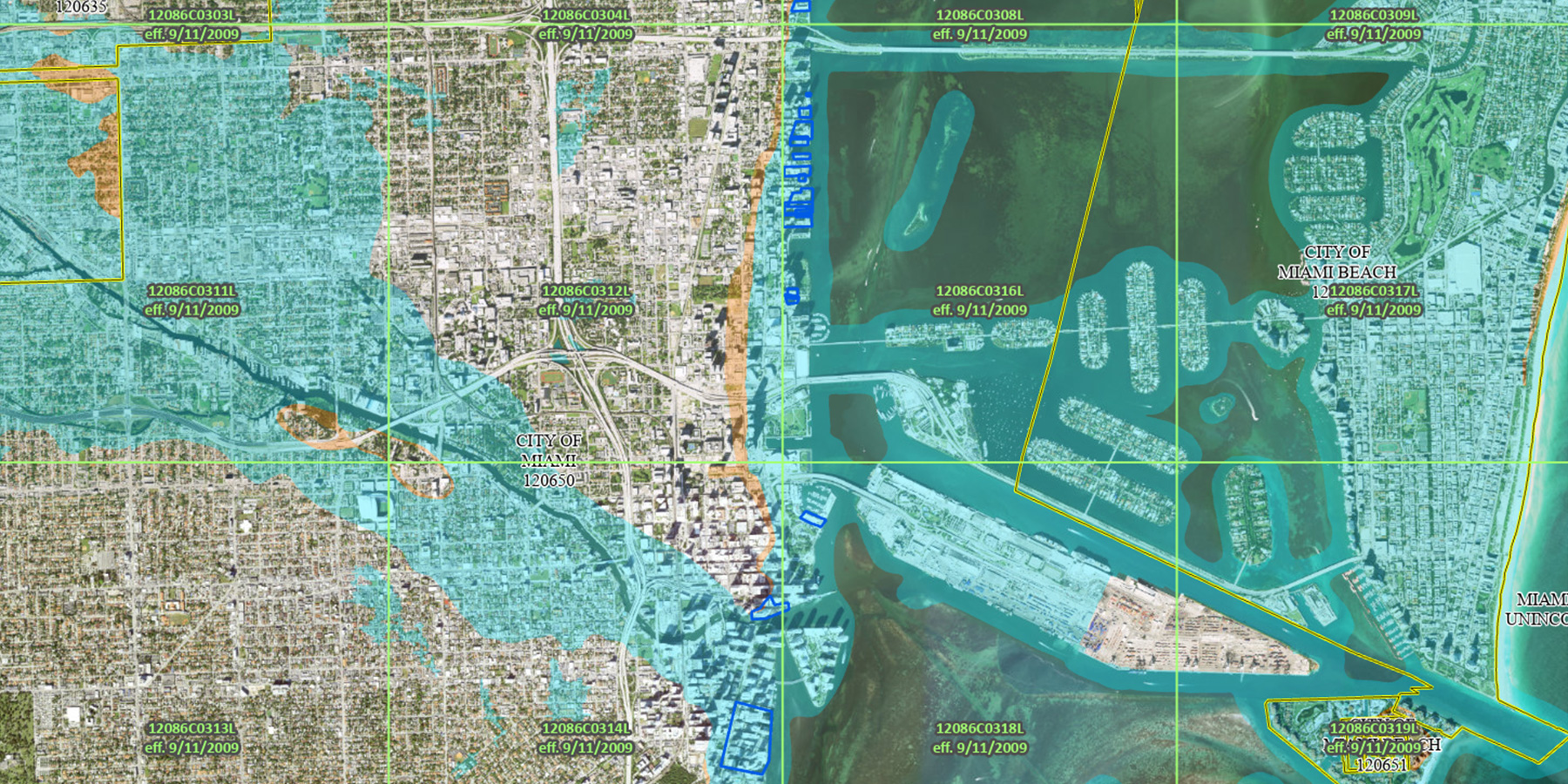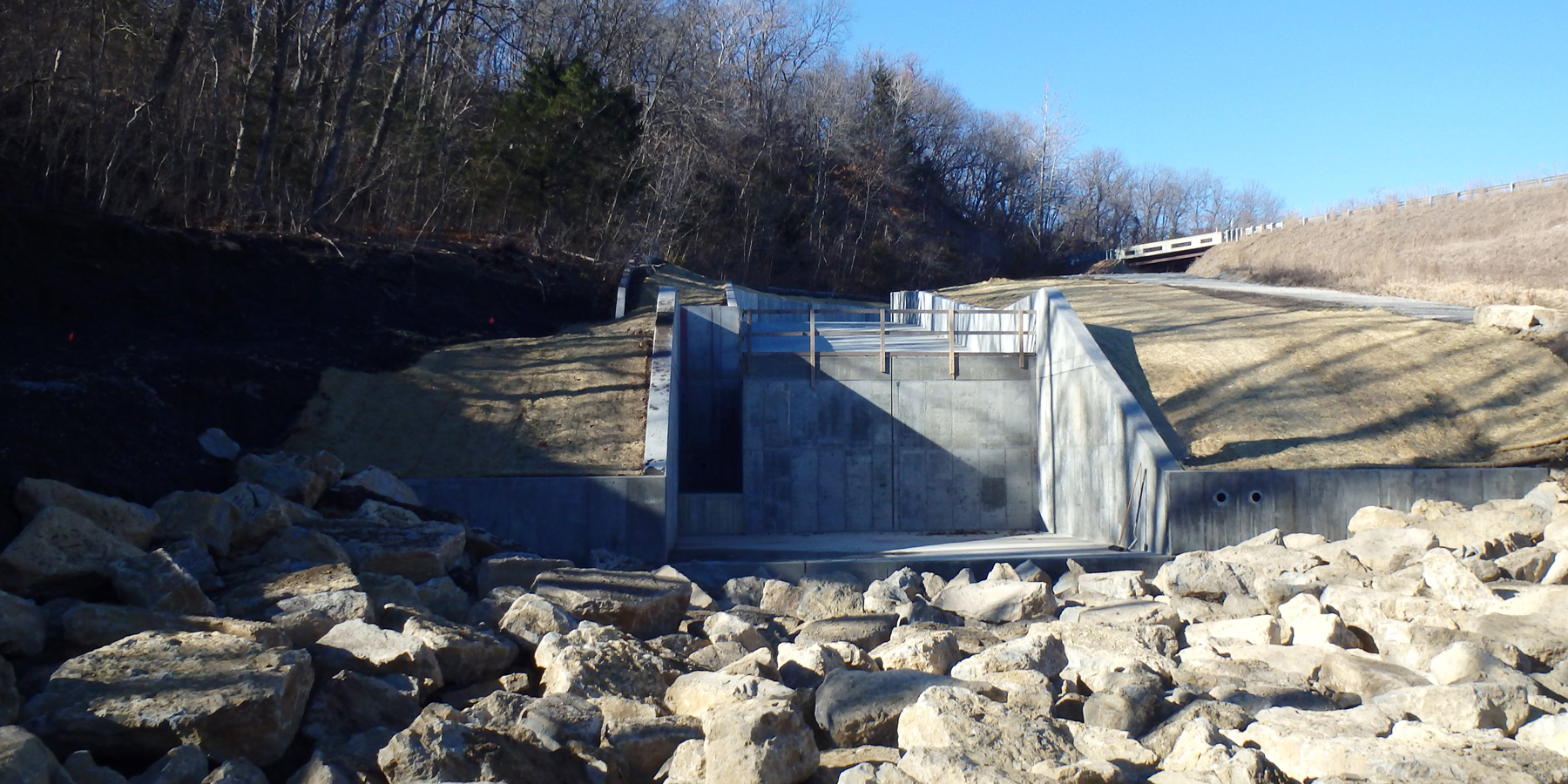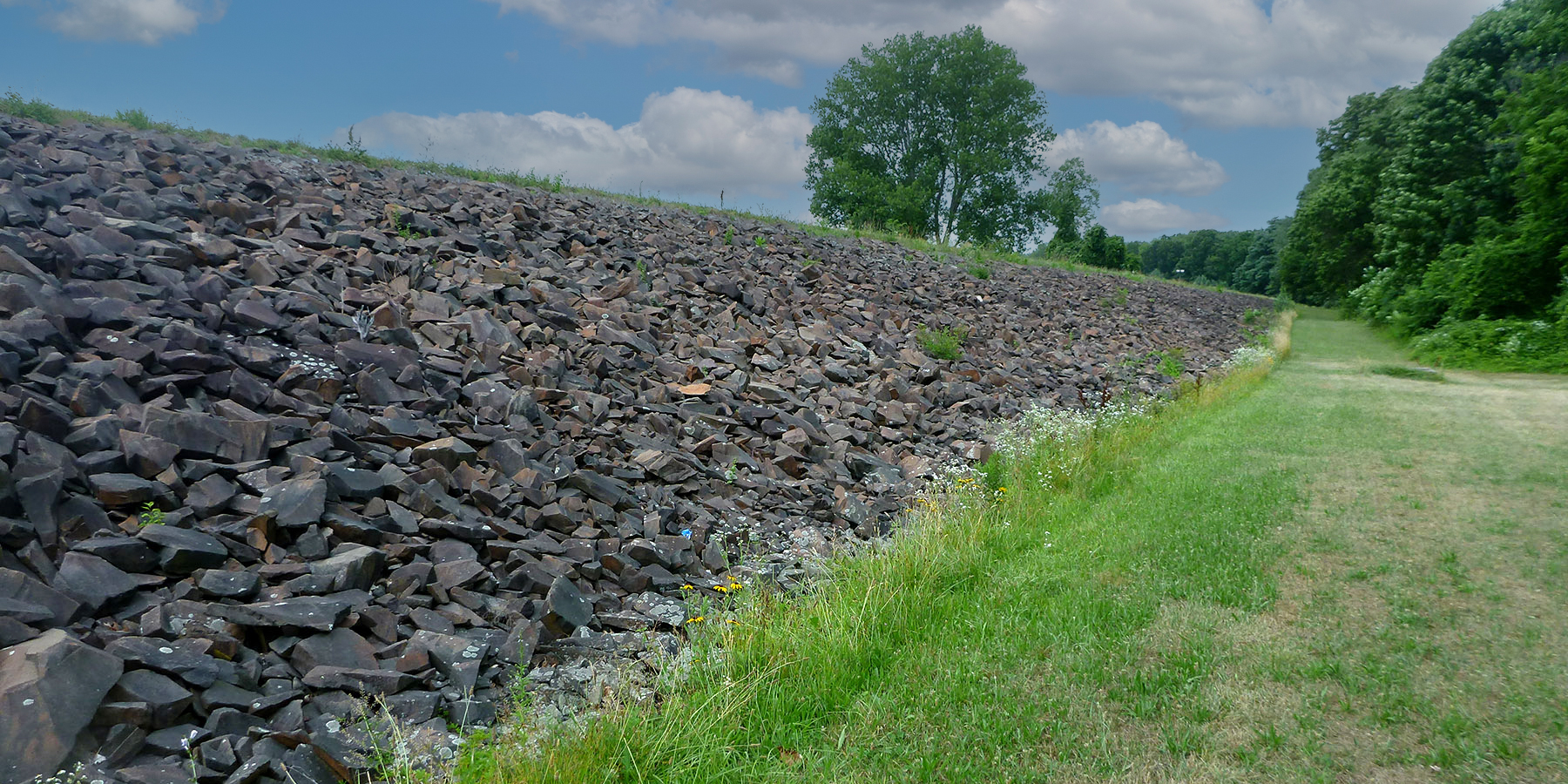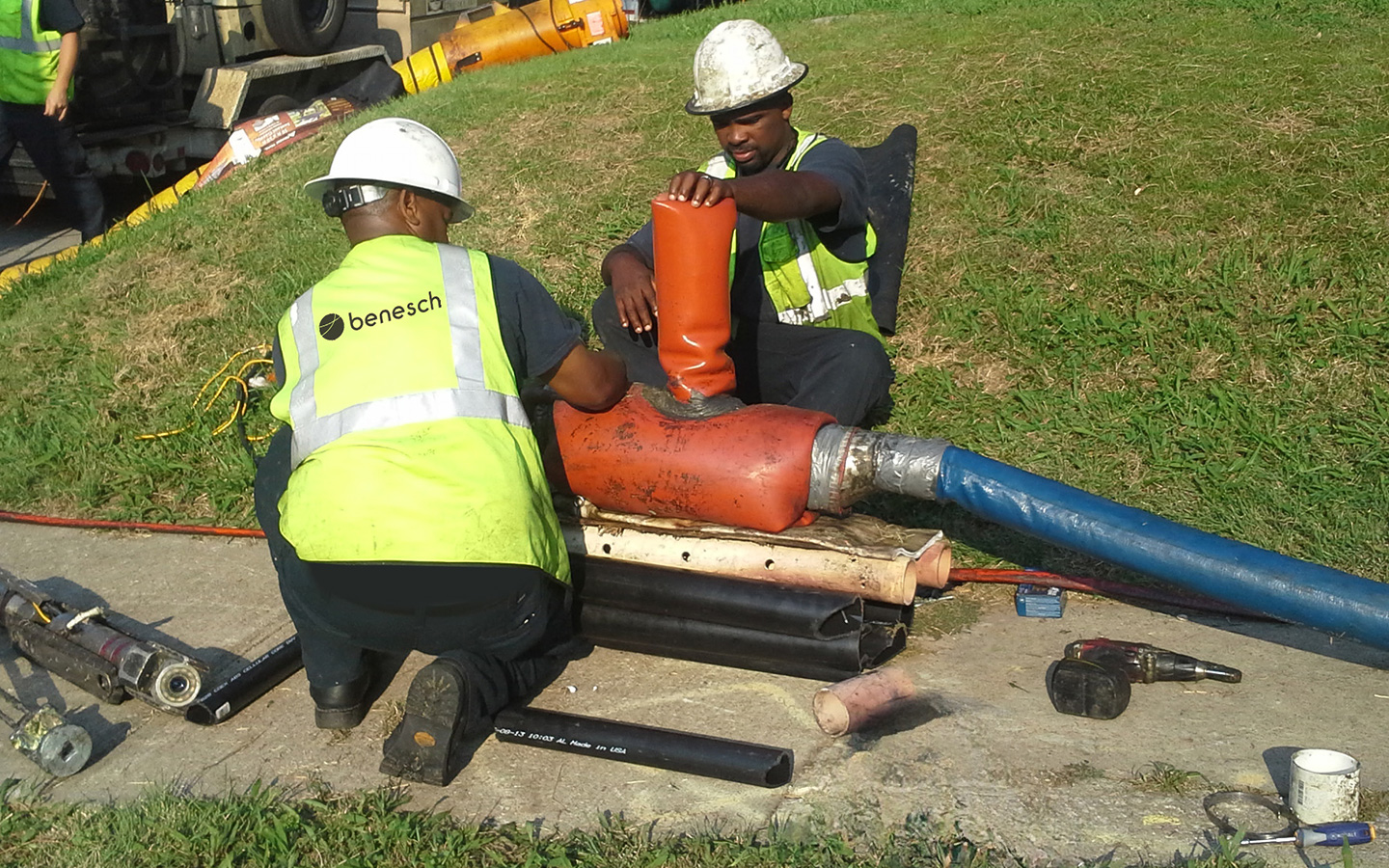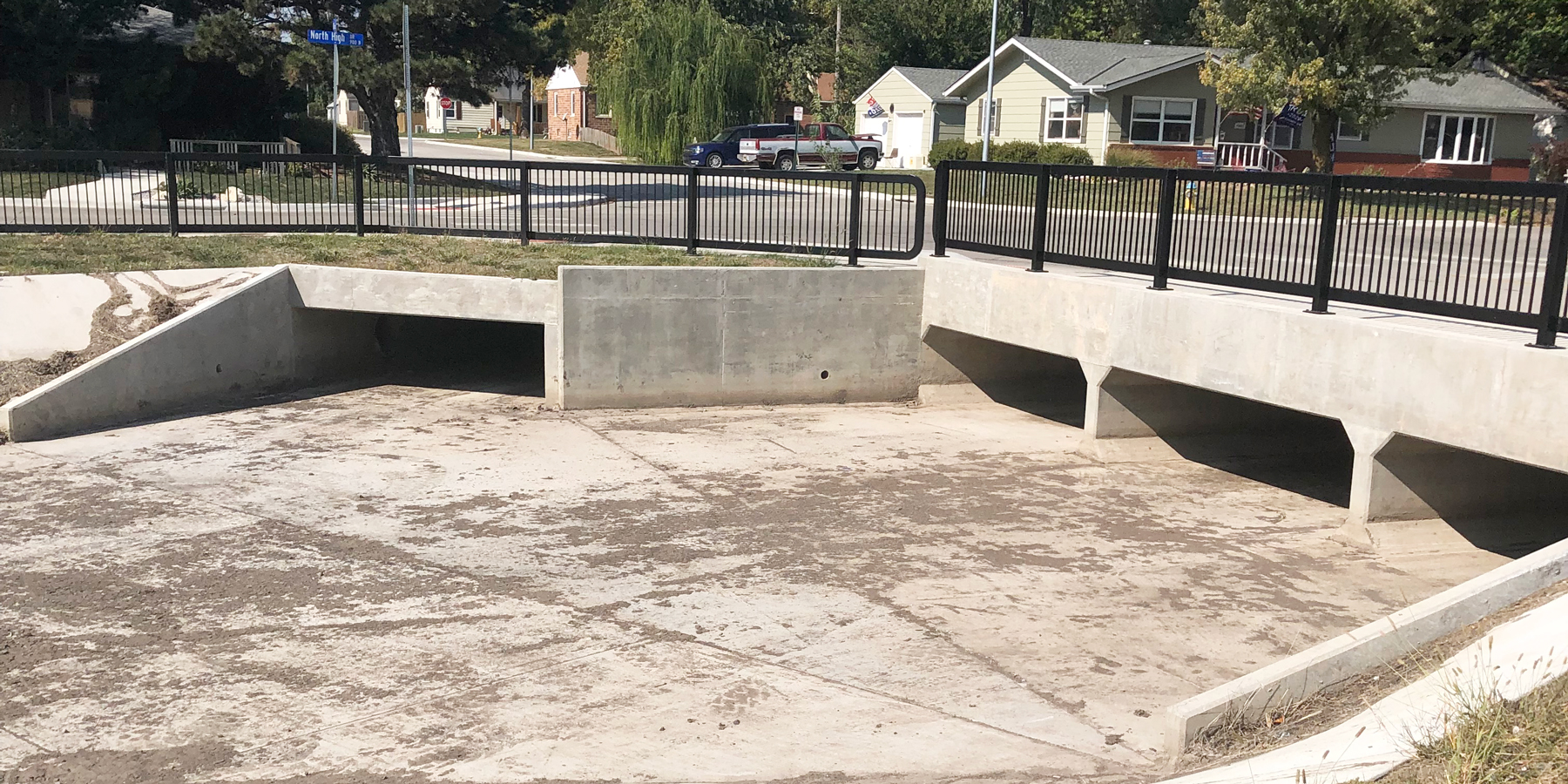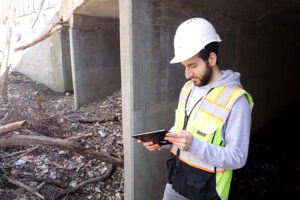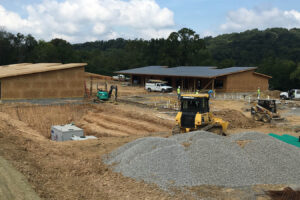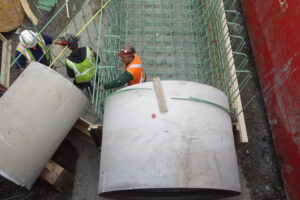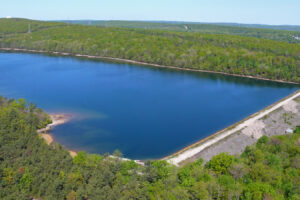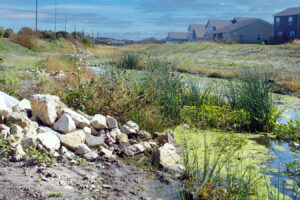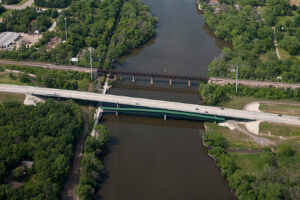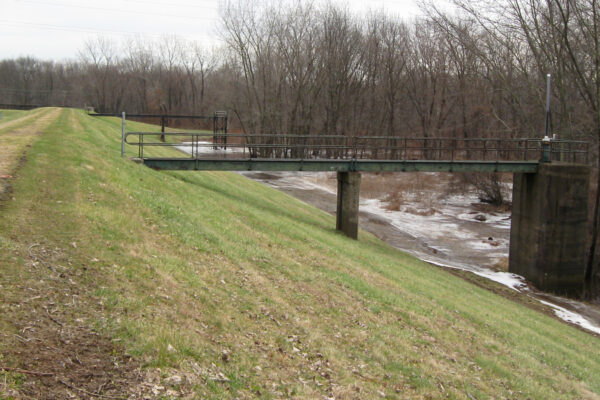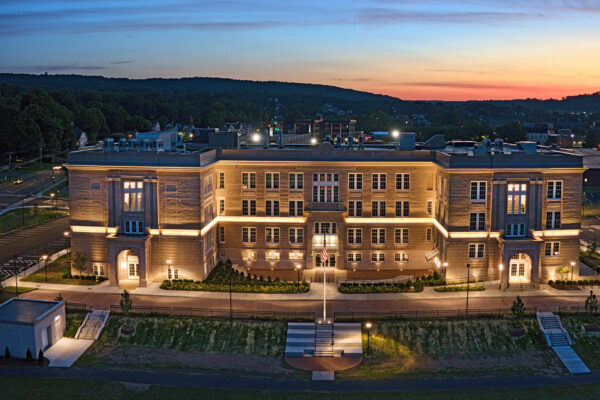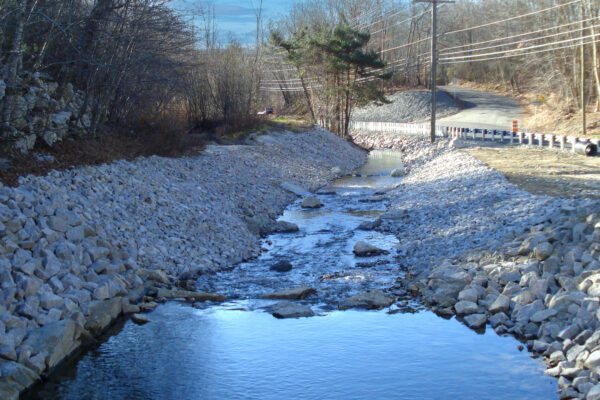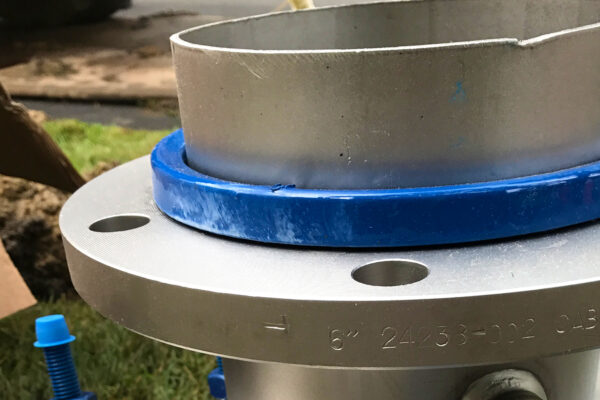Storm Water
Value-Driven Solutions with the Environment in Mind
Protecting the environment, reducing flooding and ensuring communities are equipped to handle rain events are seemingly simple goals of storm water management. In practice, success often requires an approach based on specialized knowledge and an in-depth understanding of local regulations. Benesch’s team of planners, hydrologists and civil and hydraulic engineers are prepared to help you accomplish your goals whether simple or complex.
Using advanced software and analytical tools, Benesch combines technology with expert knowledge to offer value-based solutions that address your storm water challenges. Every solution is value driven, respects the environment, and ensures compliance with all local and regulatory requirements.
A Holistic Approach to Improving Your Storm Water System
With our holistic approach, we consider everything from environmental concerns to community needs, regulatory requirements and economic considerations. This comprehensive perspective leads to more effective, resilient and sustainable storm water management solutions.
Our accomplished team of professionals brings a wealth of knowledge in storm water infrastructure, climate resilience, and regulatory compliance. We have consistently delivered transformative results that mitigate flooding risks, enhance environmental conservation, and enrich the quality of life in the communities we serve. To get these results, we employ a variety of techniques, including:
- Evaluating the likelihood and consequences of failure for existing systems
- Business Risk Exposure (BRE) scoring for the existing systems to rank priority areas
- Utilizing 2D modeling information and GIS data to determine mitigation from a higher-level perspective
- Analysis of alternatives and potential mitigation projects
- Capital Improvement Plan and Master Plan development
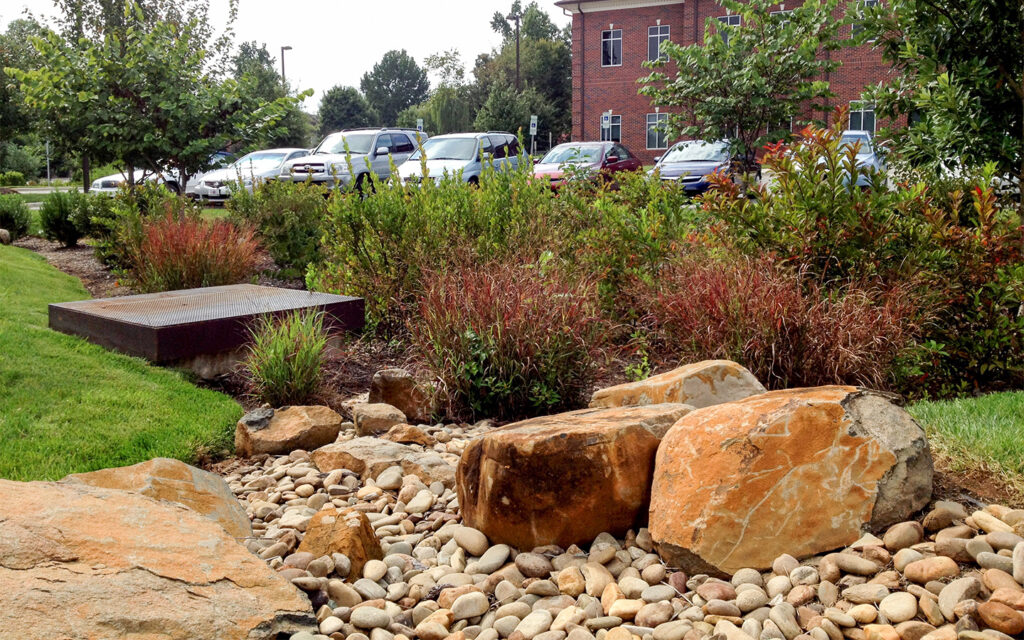
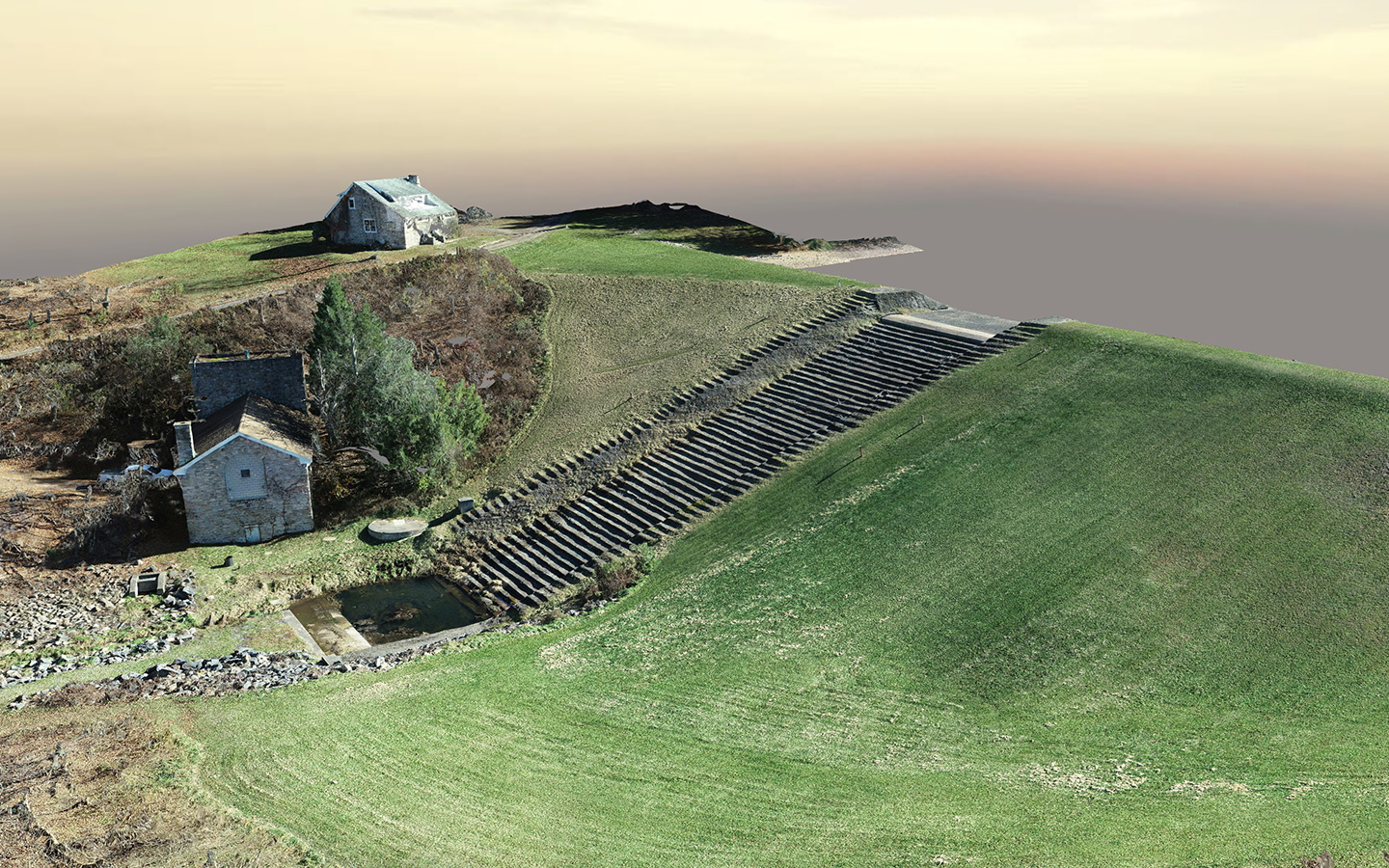
Transforming How We Visualize Projects
Our staff have the capability to create both aerials and 3D models of projects to analyze and illustrate elements such as volumes, elevations, drainage and post-construction “as built” conditions. We can capture aerial photography along with topography and inspection data.
Benesch continually tests a variety of 3D modeling and augmented reality applications to uncover how we can successfully transform the way storm water projects are visualized. We’ve been able to overlay water, wastewater and storm water utilities while evaluating utility corridors, and we have been overlaying floodplains and predictive stream erosion models to visualize risk and impacts to the floodplain.
3D models allow us to better visualize current conditions and identify deterioration or areas in need of repair. The model below was created to assist with annual inspection work of a dam in Shenandoah, PA.
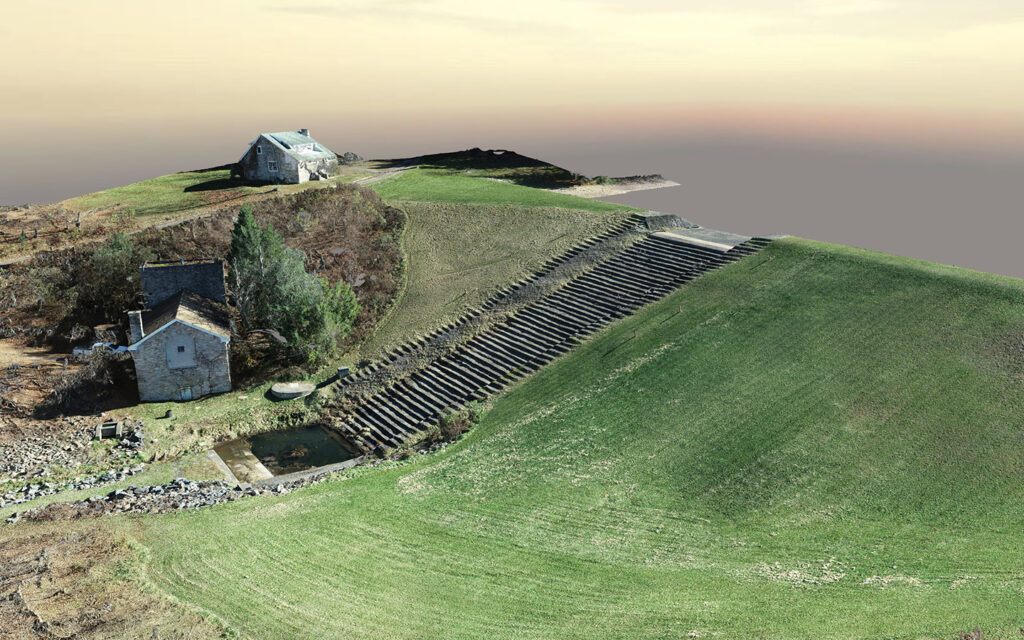
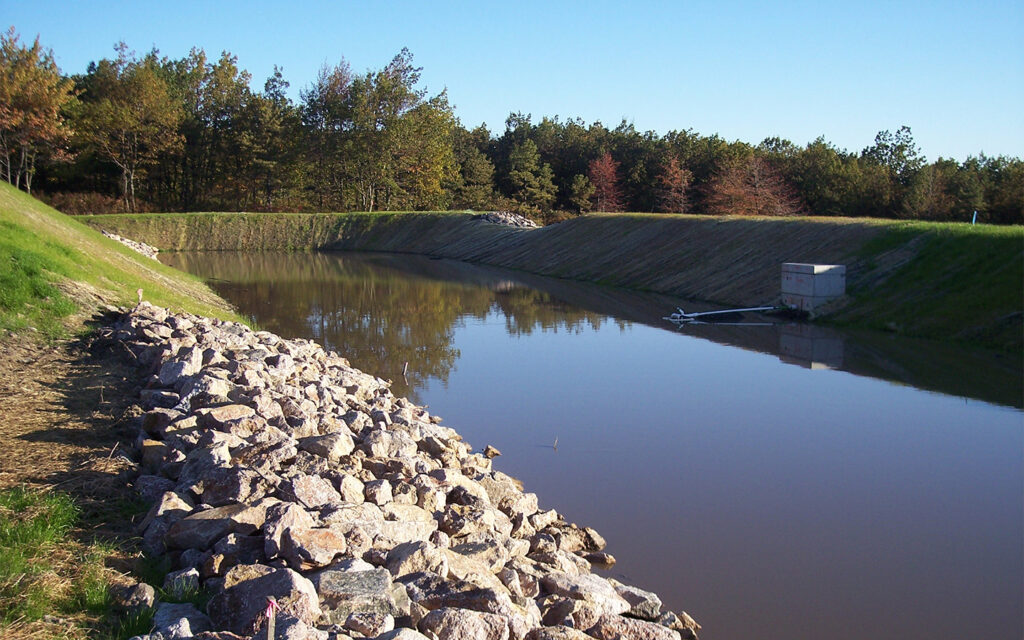
Open System Modeling
Using open system modeling, our experts simulate the intricate dynamics of storm water systems, accounting for factors like rainfall patterns, land use changes and infrastructure interactions.
This provides a more holistic understanding of how a storm water system behaves over time and in response to changing conditions, allowing us to develop any necessary solutions.
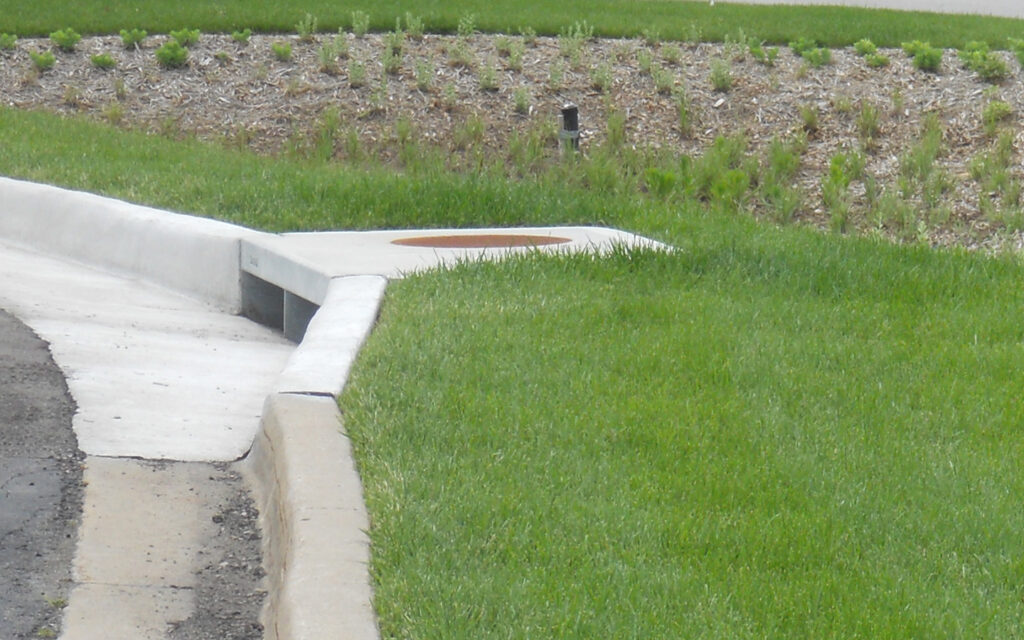
Closed System Modeling
With a closed system modeling approach, we’re able to focus on the behavior of storm water within a specific defined area, such as a single drainage basin, a detention pond, or a closed network of pipes.
Improving Communities with Green Infrastructure
By integrating aspects of both traditional and natural designs, Benesch is able to develop green infrastructure solutions that solve common issues while enhancing the community aesthetically and environmentally. We can design, manage the construction and guide you in understanding long-term maintenance needs of your green infrastructure.
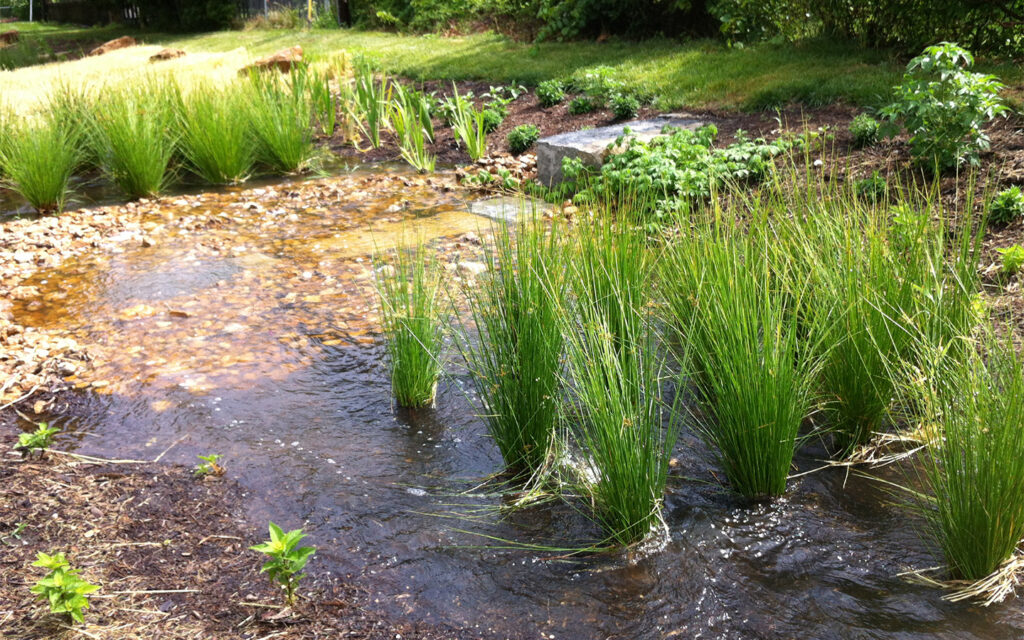
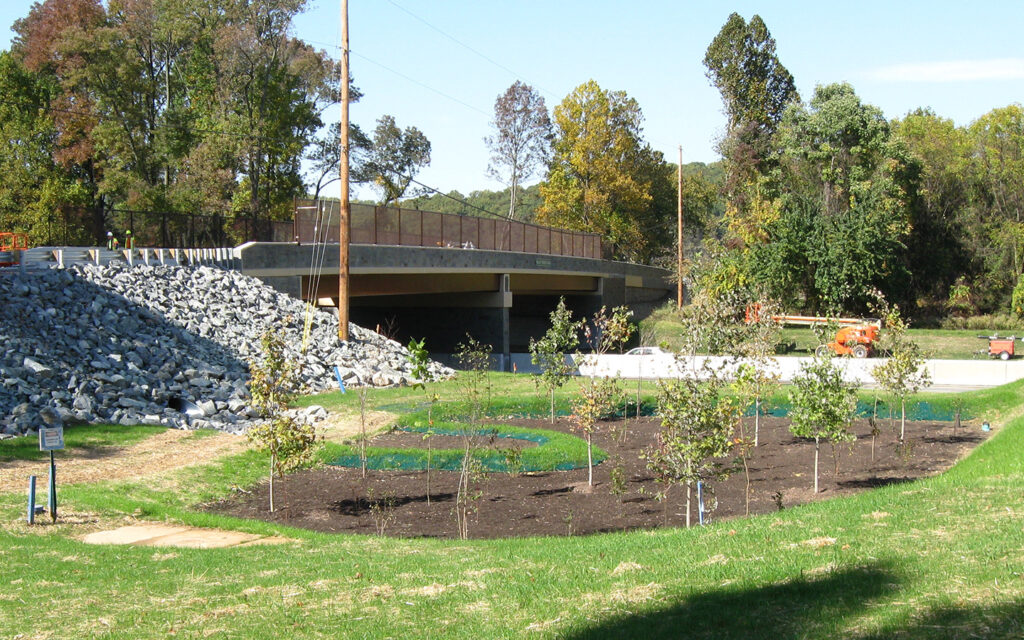
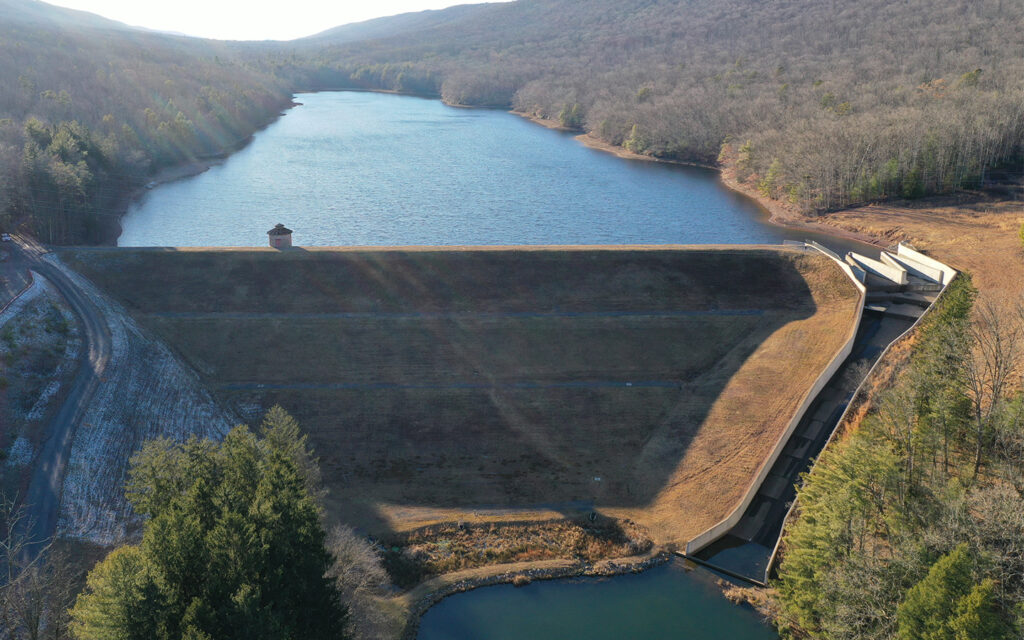
Dam & Levee Expertise
Benesch has extensive expertise in creating resilient and efficient structures that balance flood control, water storage, and environmental protection needs.
From dam assessments and breach modeling to design and evaluation services, Benesch is able to help ensure your infrastructure is efficient and capable of handling storm events.
In addition, our levee experts excel in the design, assessment and fortification of levee systems that provide unparalleled flood protection. With a deep understanding of the FEMA levee program and the USACE levee program, we are able to support your levee certification projects.
Navigating FEMA Funding
Benesch helps to bridge the gap between federal funding, state oversight and local community needs. Our team engages directly with local communities, advocating for the necessary comprehensive floodplain studies.
Leveraging FEMA funding, we conduct thorough analyses that yield a spectrum of solutions, ranging from cost-effective short-term strategies to more extensive long-term measures. By going the extra mile, we ensure that local communities receive the assistance they need to resolve flooding concerns effectively and sustainably.
